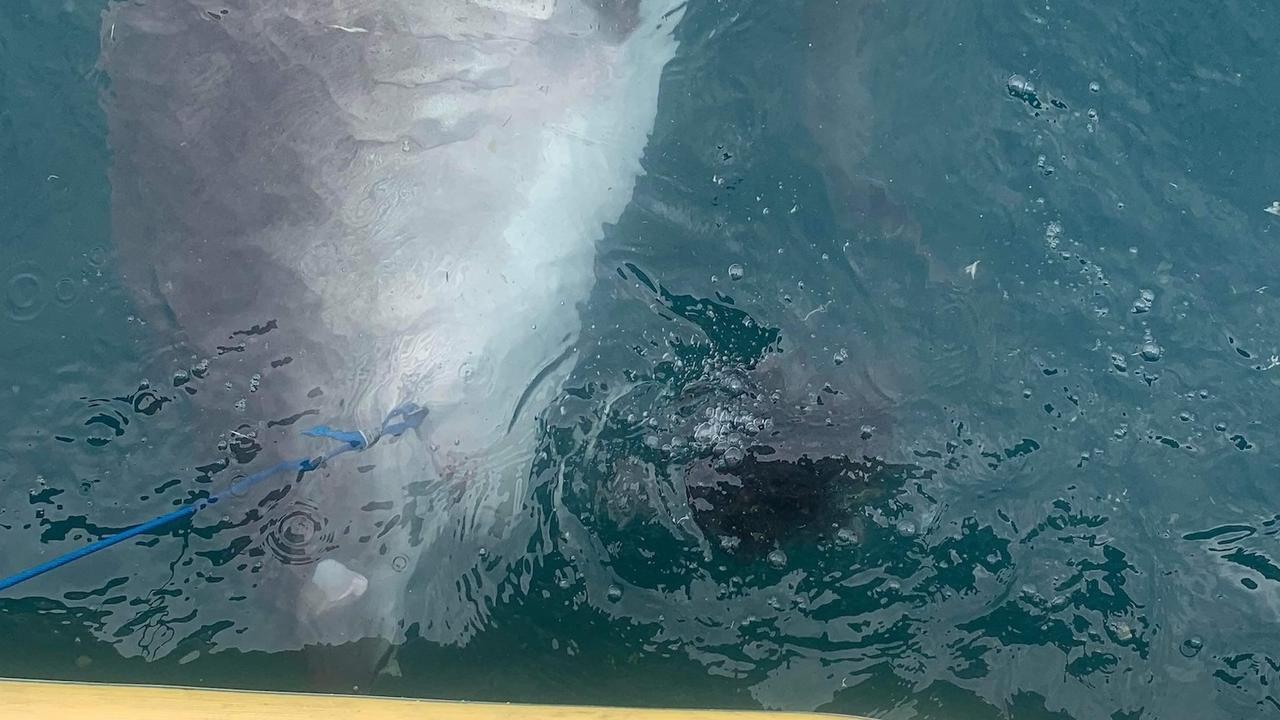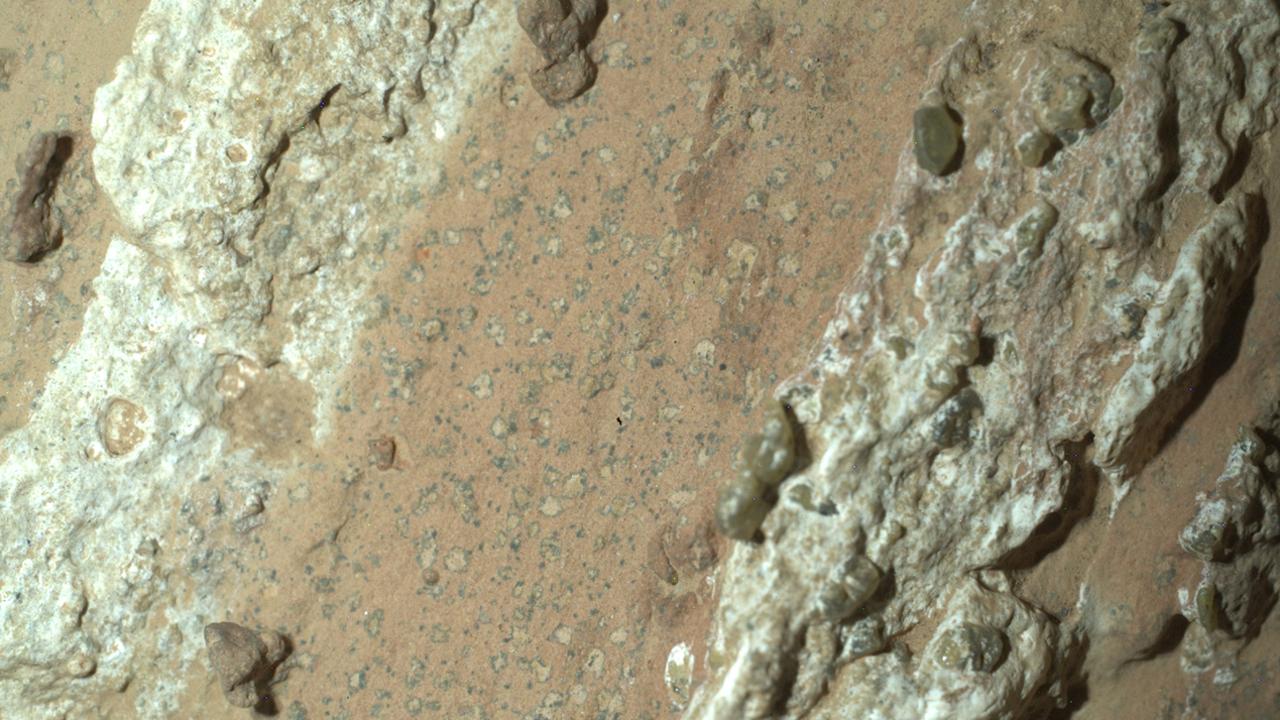A group of researchers have revealed the shocking moment they witnessed a tiger shark throw up an echidna while on a research trip off the Australian coast.
The group of James Cook University (JCU) researchers were tagging marine life off the coast of Orpheus Island, north of Queensland, in May 2022 when the 3m shark approached their boat, regurgitating the iconic animal.
Former JCU PhD student Nicolas Lubitz said he assumed the shark had taken the echidna while it was swimming in the shallows off the island or even in between the islands.
“We were quite shocked at what we saw, we really didn’t know what was going on,” he said.
“When it spat it out, I looked at it and remarked: ‘What the hell is that?’
“Someone said to take a picture, so I scrambled to get my phone.
“I managed to only get one picture, but you can see the outline of the echidna in the water.”
The echidna was still fully intact when regurgitated, which Dr Lubitz said suggested it was only a recent kill by the shark.
Echidnas are known to be decent swimmers and have been observed to swim across creeks, rivers and even beaches
The animal’s spines and legs can be seen in the photo captured by the JCU team.
“It was a decent-sized tiger shark but it wasn’t massive,” Dr Lubitz said.
“It’s very rare that they throw up their food but sometimes when they get stressed they can.
“In this case, I think the echidna must have just felt a bit funny in its throat.”
Known for their voracious appetites, tiger sharks have been documented swallowing seabirds, tyres, licence plates and even a small TV screen.
Dr Lubitz said they were scavengers who would “eat anything”, sometimes for no reason.
The tiger shark in this case was not harmed.
In another surprising find, the team witnessed a different tiger shark throw up half a dugong.
“It threw up a big piece of blubber and then a full vertebral column. I think it was a dugong calf it had a go at,” Dr Lubitz said.
He shared the story ahead of the JCU team’s research being released later this year.
Their work was part of a statewide effort known as the Queensland Integrated Marine Observing System Acoustic Telemetry Array Project, tagging marine life like jellyfish, jewfish, snapper, mullet and the endangered shovelnose ray among other species of sharks and fish.
They also placed acoustic receivers along the coast between 2020 and 2023 in order to gather data on marine life inhabiting each area.
To date, the project has tagged 812 animals with 10-year trackers from the Gold Coast up to the Torres Strait.






